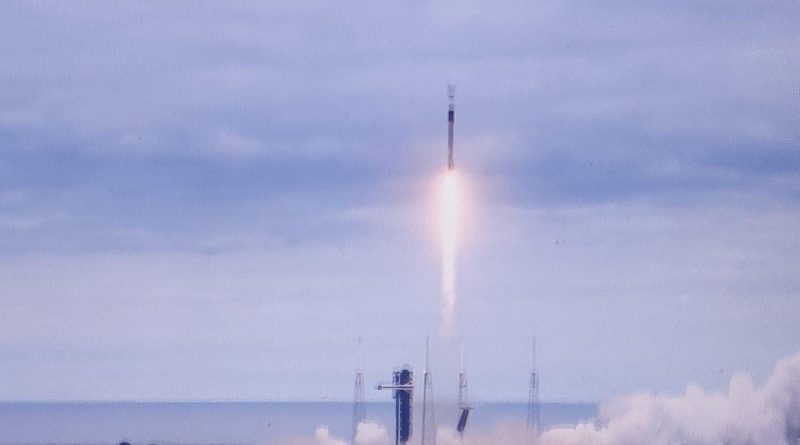“Go Falcon. Go GSAT-20”: Elon Musk’s SpaceX Launches Indian Satellite
The Indian Space Research Organisation (ISRO)’s most sophisticated communications satellite, which will provide broadband services in remote areas and in-flight Internet in passenger aircraft, set off for its 34-minute journey into outer space onboard Elon Musk-owned SpaceX’s Falcon 9 rocket early Tuesday.
With a “Go Falcon. Go GSAT-20” announcement, Falcon 9 carrying GSAT N-2, also known as GSAT 20 – the 4,700 kg fully commercial satellite – lifted off at 12.01 am from Space Complex 40 at Cape Canaveral in Florida.
The launch pad has been hired by SpaceX from the US’ Space Force, a special branch of the country’s armed forces that was created in 2019 to secure its space assets. The mission life of GSAT-N2 is 14 years.
This is the first time that ISRO is launching a satellite on a SpaceX rocket through its commercial arm New Space India Limited (NSIL). This is also the first time ISRO has built a satellite that only uses the advanced Ka band frequency – a range of radio frequencies between 27 and 40 gigahertz (GHz), which enables the satellite to have higher bandwidth.
Falcon 9 is a partially reusable rocket and SpaceX asserts “this will be the 19th flight for the Falcon 9 first stage booster supporting this mission. After stage separation, the first stage will land on a drone ship, which will be stationed in the Atlantic Ocean.”
After the satellite is placed in orbit, India’s Master Control Facility a part of ISRO at Hassan will take control of the satellite and then raise the satellite to its final home 36,000 kilometres above India.
So far, Falcon 9 has been part of 395 launches and has faced just four setbacks, achieving a remarkable success rate of 99%. Experts say that a dedicated launch of a Falcon 9 rocket costs about $70 million on average.
Disclaimer: (Only the headline and picture of this report may have been reworked by the KanoonKiBaat staff; the rest of the content is auto-generated from a syndicated feed.)
Source Link





